Sebastian Hannak is a stage designer based in Heidelberg, Germany. Here he discusses his process while designing the stage for a production of Ferenc Molnar’s LILIOM.
I have been working as a freelance stage and costume designer for over ten years now. While studying at the Academy of Fine Arts in Stuttgart, Germany I worked with David Hockney in London and Los Angeles. Later, I worked as a stage designer and as an assistant for the opera and ballet and also started exhibiting and writing about my work.
In regards to my designs, I am very interested in a spatial design that comes right from a core as regards content of the piece I am working on. Right now, I am working on the set design for a play by Ferenc Molnar, LILIOM, written in the 1900s. It’s about a rascal barker working for the funfair, who in the end kills himself feeling he is a failure, but is given the chance by God himself to come back to earth for a single day to put things straight.
When I start working on a piece, I make notes in the book or scribble on paper whatever comes to mind focusing on possible key points. For LILIOM, I took note of the scene-comments from Molnar himself: They are sitting on a bench, slowly it’s getting dark; he often wrote „silence“ or „long silence“. I’ve been revising other realizations of set designs for LILIOM and have found that most set designers have made a funfair-like set. The scenes that Molnar has actually written for the play never take place in a funfair, even though all the characters work there. So first, I decided not to make it a funfair.
I spoke with the director of the play, Martin Nimz and we found that the whole life of the main character LILIOM is predetermined in a very clear and inescapable way. As we were talking, we thought the set should be able to go ahead. I looked for mechanical movements like those of industrial robots, and combining this with a simple form that could create very different spaces, I started working on a moving wall. I often create a set design that implies movement. In the theatres you usually find a mechanical standard in a revolving stage, elevating stage or fly bars that you can compose movements with to change the scene. But as a designer, I don’t want to get bored, so I either try to work with the standard mechanical movements in an unusual way or try to invent something either by using the existing technology or by implementing something new.
The wall for LILIOM consists of three separate bars. The upper two can be revolved separately and are driven by wireless remote controlled motors. The lower bar can make a full 360° movement and so can the upper one depending on the position of the lower bar. Thus there is always an unpredictable movement that, predetermined and inescapably, creates new spaces for the actors in very poetical movements.
I’m writing this the day of the premiere, when all the lighting is done, every prop is finished and we’ve had technical rehearsals going through the movements and have given thanks to everyone who was working on this project. It´s time to move on after a nice time of rehearsals and getting this project to the stage. Thanks to everybody at Theater Konstanz! Follow the links below for further information about my work if you are interested.
The play premiered on 28 November 2014 with 14 performances at the Theater Konstanz


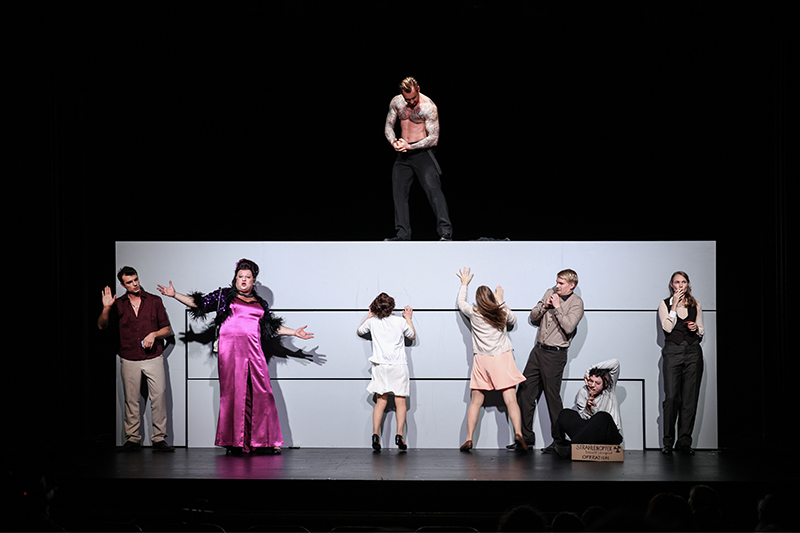
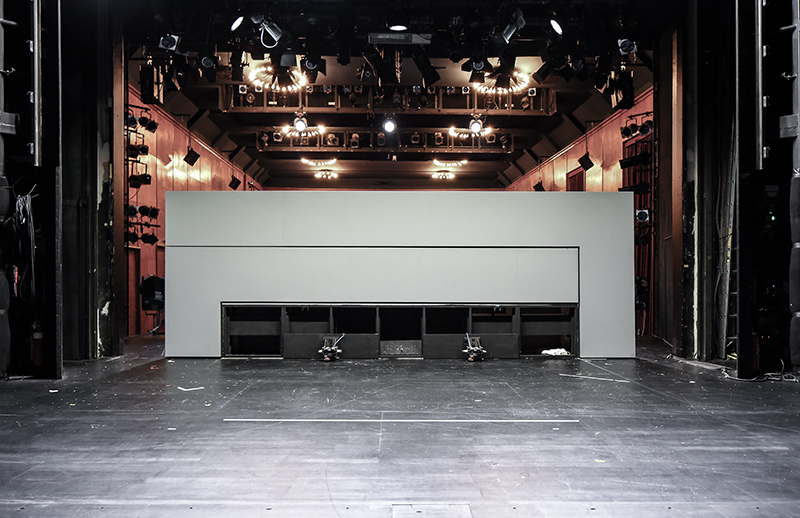
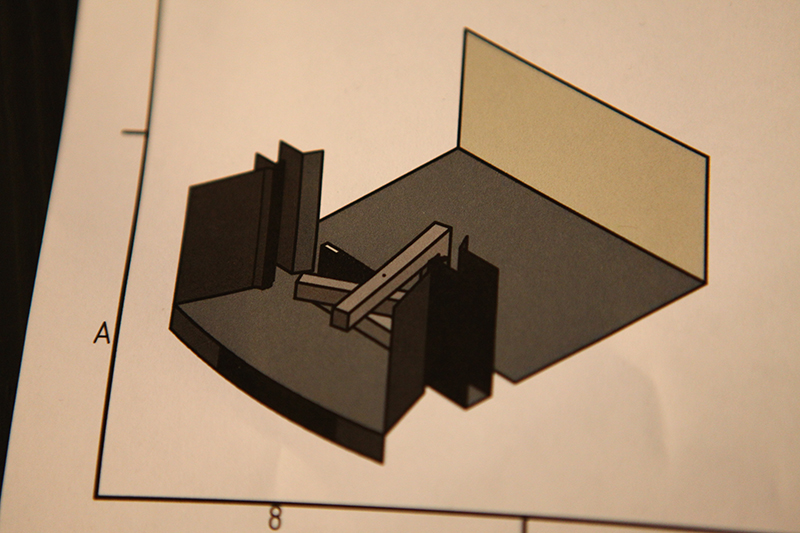
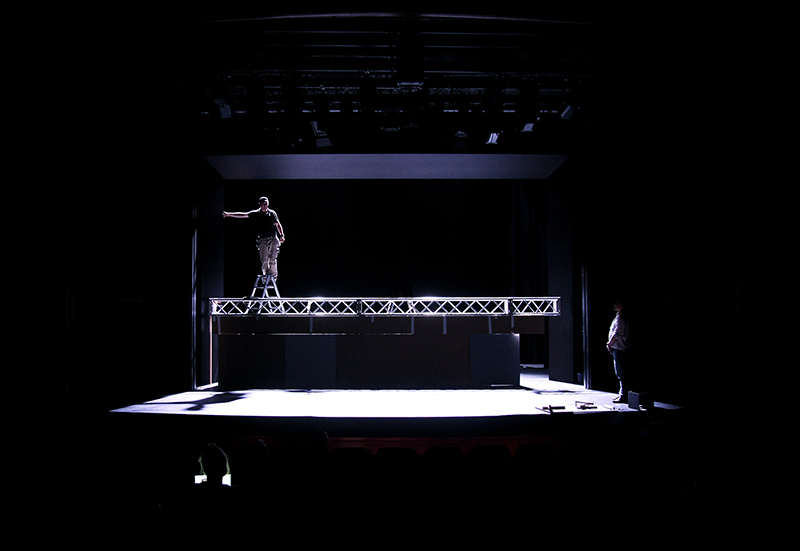
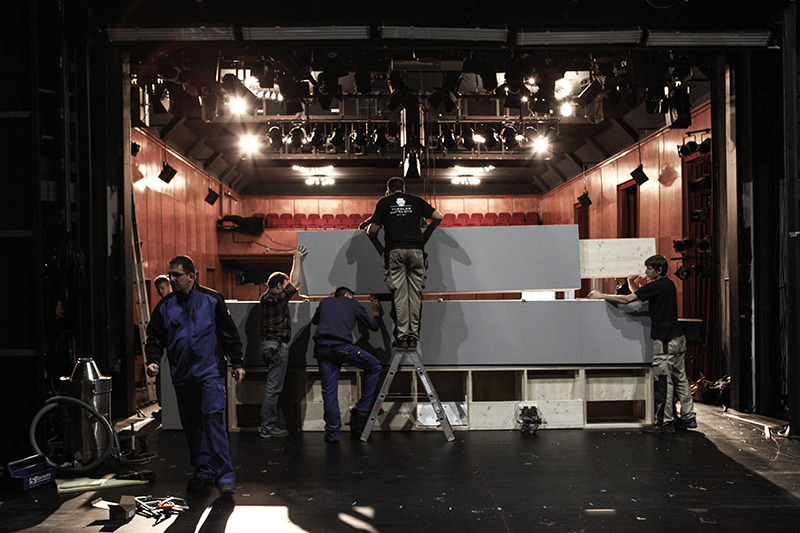
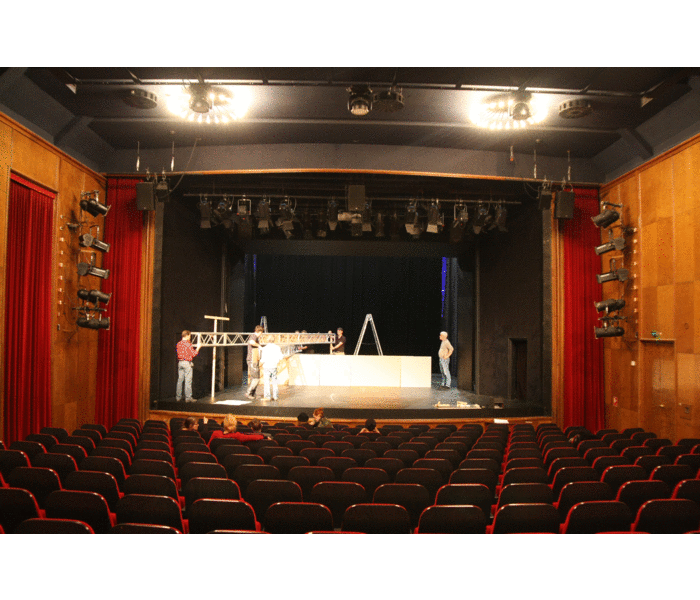
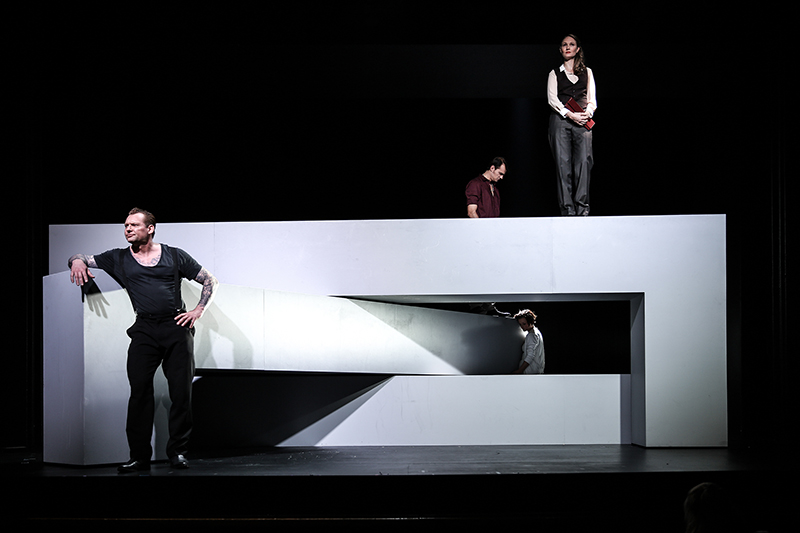










Comments